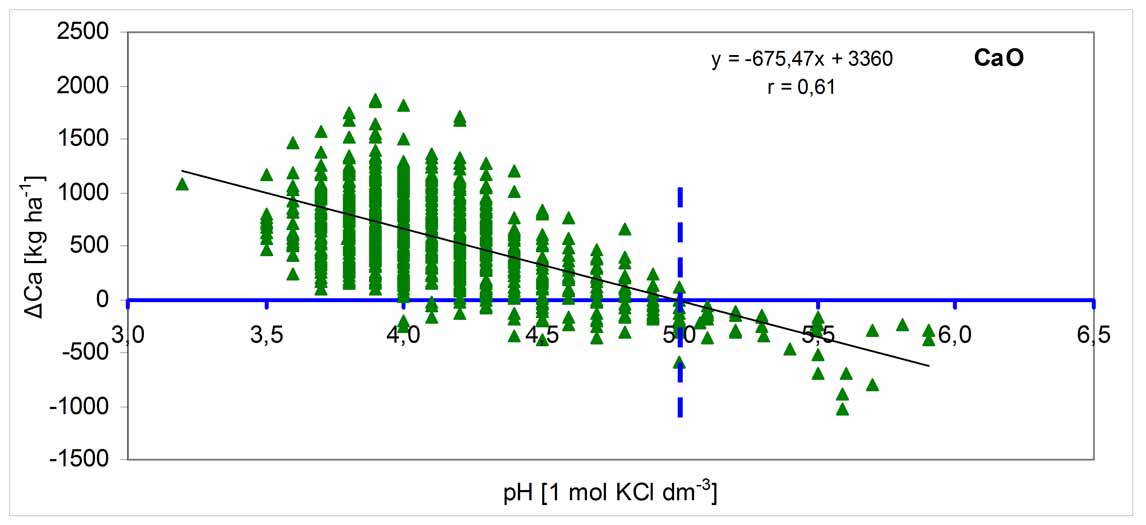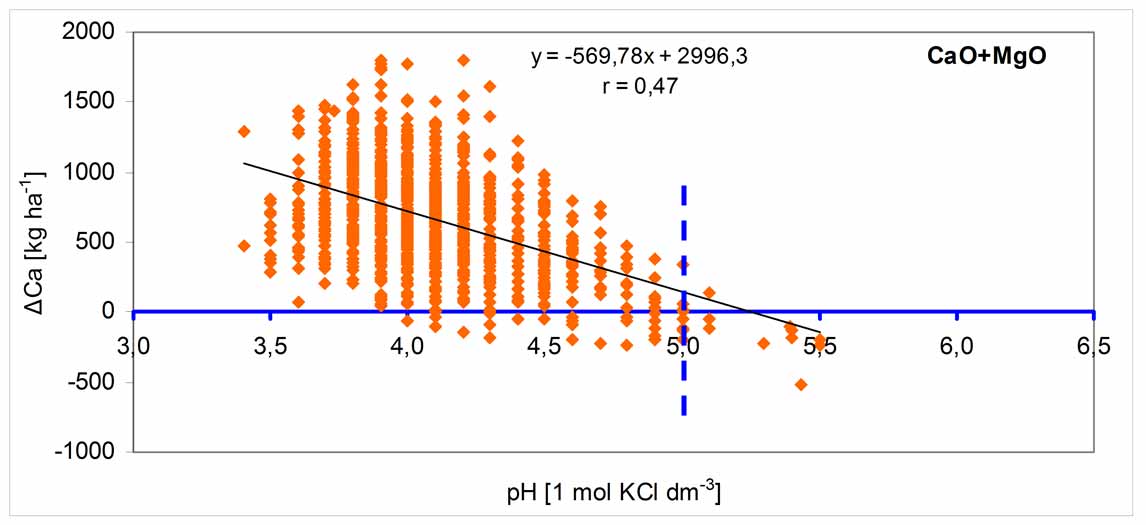Jean Diatta
Poznan University of Life Sciences, Poland
Title: Calcium Aluminum Balance (CAB) as new concept for liming materials application to arable soils
Biography
Biography: Jean Diatta
Abstract
1. Concept outline
The amounts of Ca currently in the soils, i.e., „in situ” and Al as well as H+ are the core factor that regulates soil pH. Therefore the efficiency of soil pH improvement and stabilization should be based mostly on the real amounts of Ca incorporated into the soils, than the aglime rates, as currently practiced in agriculture.
It is assumed that, the Ca saturation of the cation exchange maintains soil reaction at a given pH. Below this level the situation worsens and beyond, therefore improves. The difference (∆Ca) between the steady state (initial pH) and the predicted one is the real amount of Ca (and not liming materials) to incorporate for improving and maintaining soil pH. The concept is briefly illustrated below (Fig. 1).

2. Theoretical and experimental considerations
The elaboration of the concept was performed on the basis of the following assumptions:
- Are pH measurement and acidity determination (Al + H+ mainly) enough for effective regulation of soil pH?
- Is the consideration of Ca instead of aglime rates helpful for full control and stabilization of pH of very acid soils?
- May CAB (Calcium-Aluminum-Balance) and PGC (Proton Generation-Capacity) indices be applied for calibrating biomass and yields of crop plants?
A 3-year study was performed for evaluating acidification impact, and simultaneously predicting agrochemical response of two crop plants (winter wheat and sugar beet). The following parameters/factors were considered: very acid arable land (pH0–60cm 3.8 – 4.4); three (3) aglimes (CaO – 80%, CaO/MgO – 60/20, CaCO3 – 52%) and four (4) rates 0, 500, 1000, 1500 kg as CaO ha-1). Next, nitrogen was applied as NH4NO3 at the rates 0, 60, 120, 180, 240 kg N ha-1.
3. Data validation and quantification :




